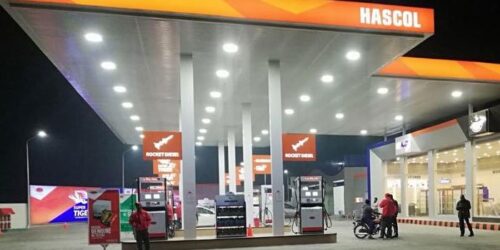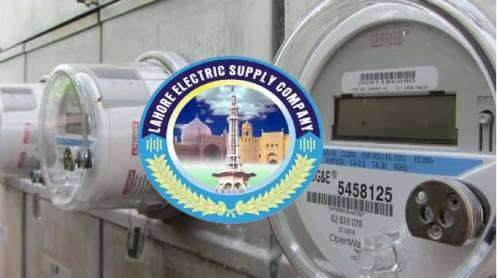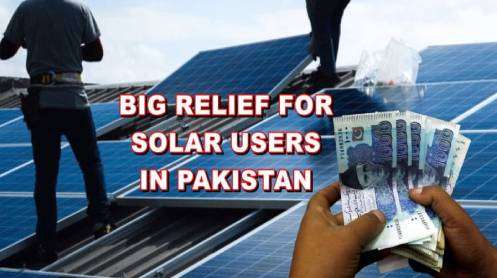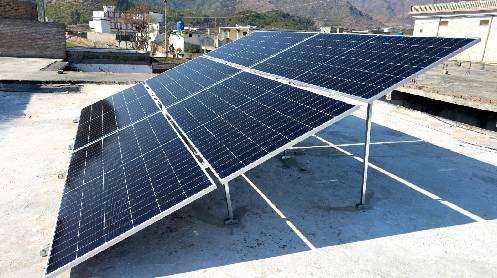Hascol Petroleum Ltd said on Thursday it’s going to hold a meeting of creditors on Dec 22 to seek approval for its plan to rehabilitate the company through “restructuring/rescheduling, settlement and repayment” of financial obligations.
The oil marketing company has been in financial trouble since 2018. Its revenues have plummeted, losses risen and loans skyrocketed, sending its share price down from over Rs300 four years ago to less than Rs8 now.
It filed a “scheme of arrangement” with the Sindh High Court, which ordered the company on Nov 28 to convene meetings with banks for their approval.
The restructuring effort is focused on replacing short-term expensive debt with long-term affordable debt as well as some new equity. Its current liabilities outstrip current assets by a wide margin, which reflects poorly on the company’s ability to pay off its loans that’ll fall due in the short run.
The company’s net consolidated loss amounted to Rs9.4bn for the first nine months of 2022 versus a loss of Rs4.3bn a year ago.
It also discovered last year “inaccurate entries in its 2019 accounts” and subsequently restated its results from 2018 through 2020.
“There’re several risks faced by the company inherent to the industry itself. However, the main challenge is the interest cost and financial charges accrued on the overdue loans and the non-availability of working-capital banking facilities,” according to the directors’ report attached to the latest quarterly accounts.
The petroleum firm appears to be inching closer to profitability as it posted Rs1.3bn in earnings before interest, taxes, depreciation and amortisation — a measure of core corporate profitability — in the first three quarters of 2022.
The company also informed shareholders last month that its financial adviser had received “feedback” on various equity-raising options, including the expressions of interest for the acquisition of a strategic equity stake as well as a retail equity investment through a rights share issue.
As part of its plan to regain financial strength, the company is trying to convince banks to “partially convert their outstanding debt into equity” in order to reduce its “onerous debt service obligations”.
Besides, the management is looking for a “significant reduction” in its operating costs, recapturing its market share, disposal of non-core assets, shoring up of working capital and the raising of additional equity to reduce leverage.







